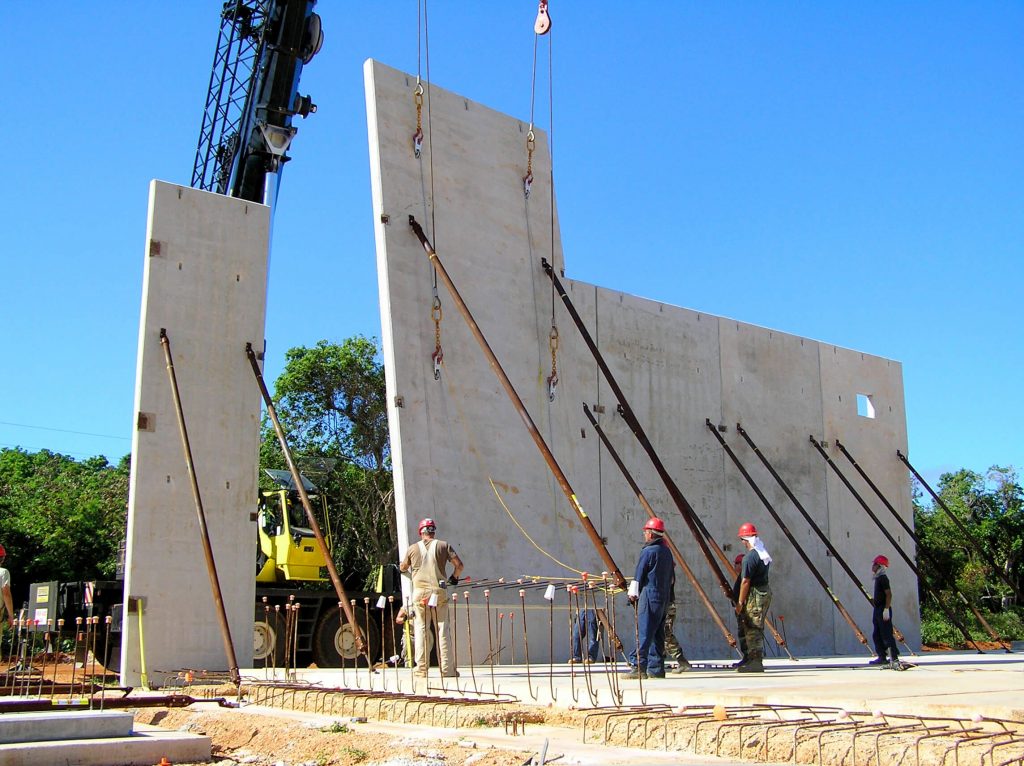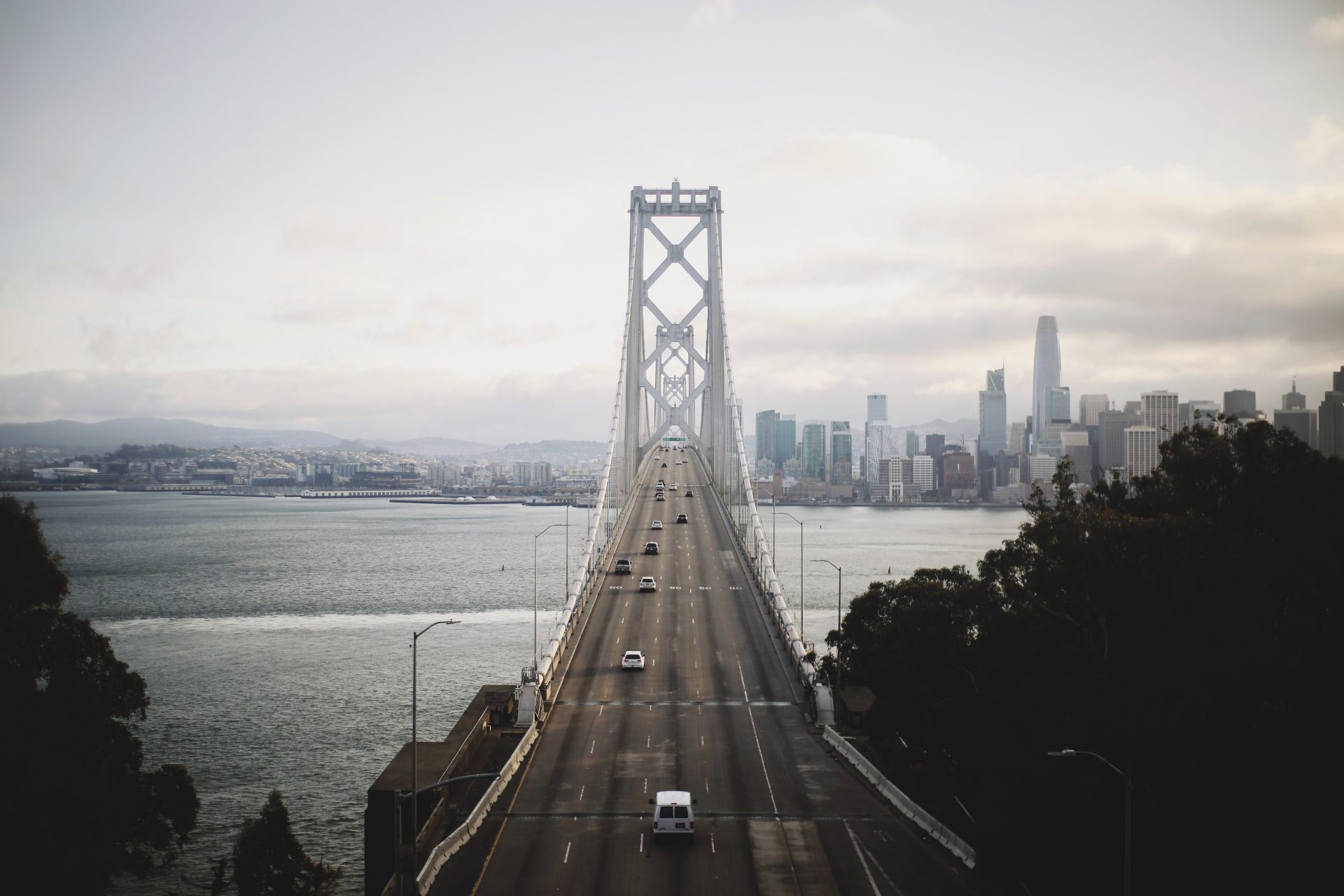An abandoned pier that was erected in the early 1950’s known as Pier 57, is about to go through a $350 million renovation. Located in Manhattan, this pier is expected to be occupied by new offices for Google as well as a new food market. This large-scale renovation project however, is not what makes the story amazing.
Explore 12 Futuristic Technology Trends Solving Concrete's Biggest Challenges.
Designed by Emil H. Praeger and built by the New York City Marine and Aviation Department, this pier has hidden below it a historically unique concrete structure that floats on water. That is to say, Pier 57 does not stand on a conventional pile field. Rather, its weight is supported on three buoyant concrete boxes known as caissons that are anchored permanently below the water line.
Although they are submerged, these caissons are accessible by stairs down shaftways through the pier shed deck. Within the structure of the caissons are squared-off columns and huge beams that form a hypostyle hall underwater. What makes this structure particularly extraordinary is its massive size – which in turn allows for buoyancy to raise it off the submerged floor.
To give an idea of its size, following renovations the caissons will have parking and storage alongside the new Google offices and food market with art galleries and/or retailers as possible tenants as well. Mr. Praeger was inspired to design this pier with underlying caissons following the building of similar structures for the purpose of artificial harbour formations during World War II.
Construction of the Caissons
In order to construct the caissons and subsequently transport them to their desired destination, a dike was built across the mouth of Company Pond, a remnant of a clay pit that was excavated by the Hudson Bay Brick Company. The dike was then drained in order to create a natural dry dock. Within this basin, three caissons took form – 2 intended to support the pier shed, which measured to be 360 feet long, 127 feet wide and 33 feet high with a weight of 27,000 tons each. The third caisson which was 367 feet by 80 feet was then designed to support the front of the pier – creating a t-shape structure.
Once finished, the water was piped back in to the basin which resulted in the structures floating upward. As mentioned previously, this was due to a phenomenon known as ‘buoyancy’. As stated by Guy Nordenson, a structural engineer and professor of agriculture and structural engineering at Princeton University, “Buoyancy is an upward force equal to the weight of the water an object displaces”.
The reason the caissons float then, is because although the larger ones weigh 27,000 tons, they displace 47,000 tons of water which is far more than their own weight. Because they are hollow, the density of the total volume – air plus concrete – is less than the density of an equivalent volume of water.
In order to move the completed caissons to their destination a 150-foot-wide cut was made, reconnecting the dike to the river. Six tugboats then dragged them out of the dike and into the river. Once all three caissons arrived, they were anchored and a steel superstructure was built overtop of them.
What further makes this structure extraordinary is that there are no other examples of this type of construction – earning Pier 57 a place on the National Register of Historic Places. It is also a structure that will remain unique due to the increased environmental scrutiny of today’s day and age. Regulatory agencies will never allow for so much water displacement again and so it can never happen again.








